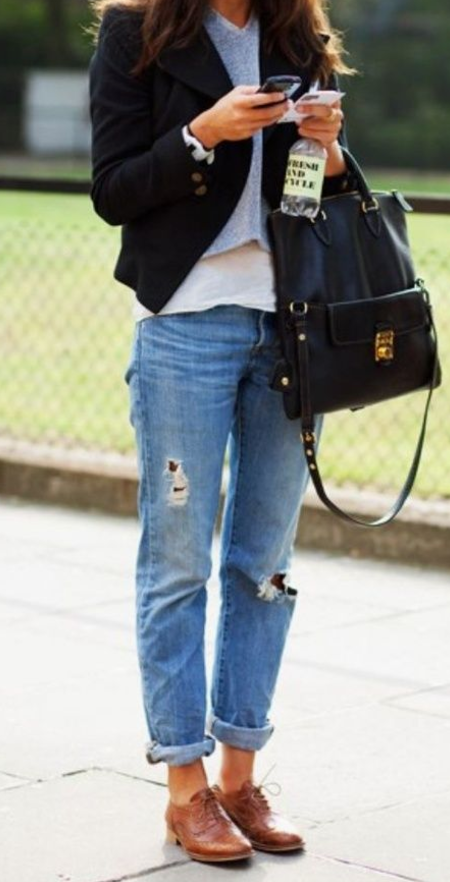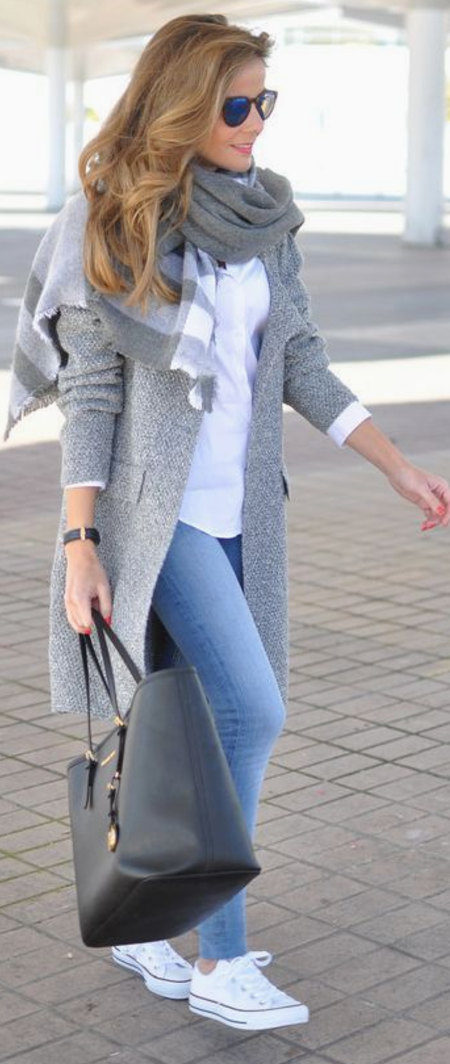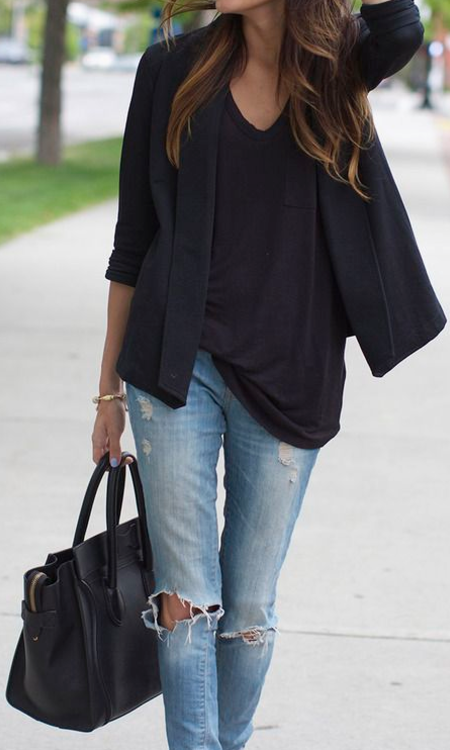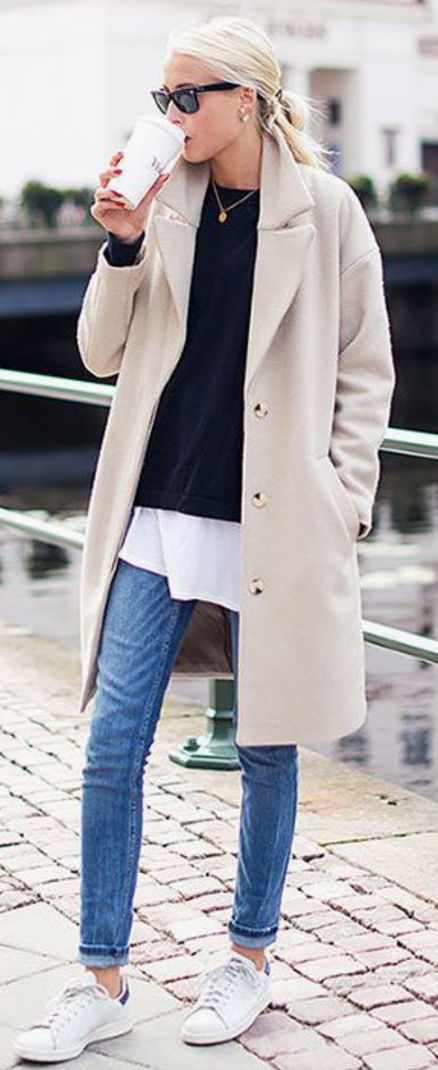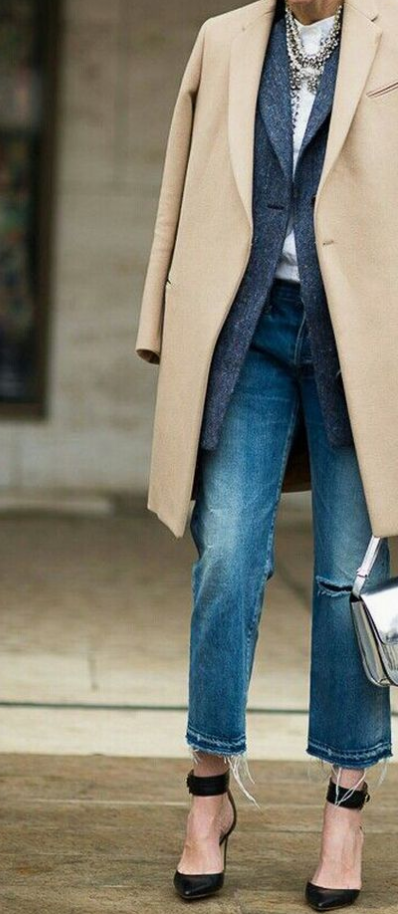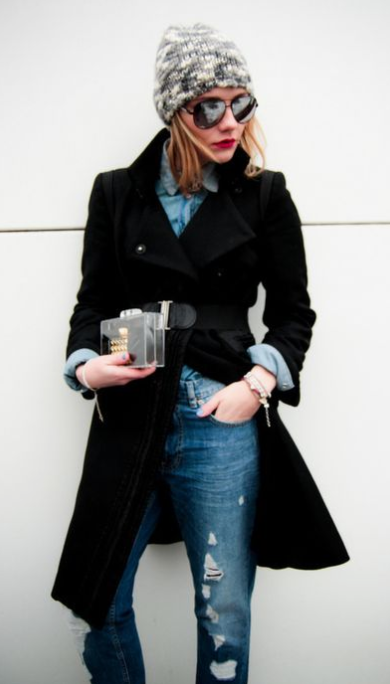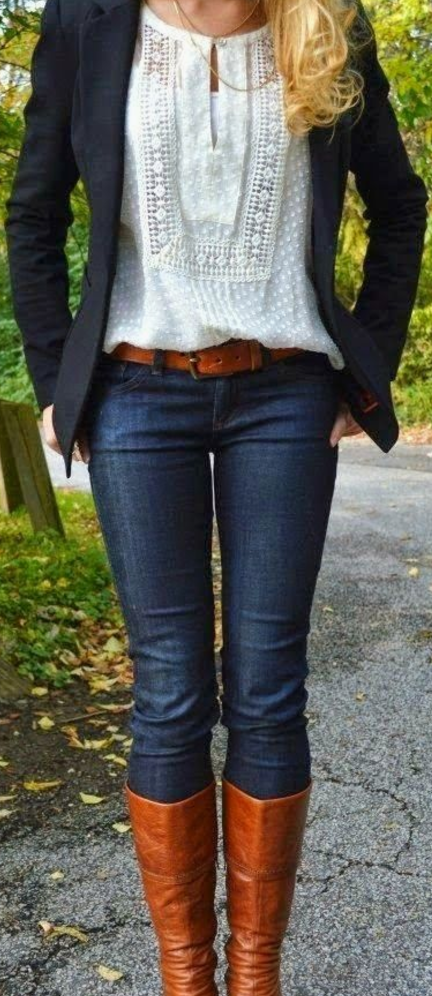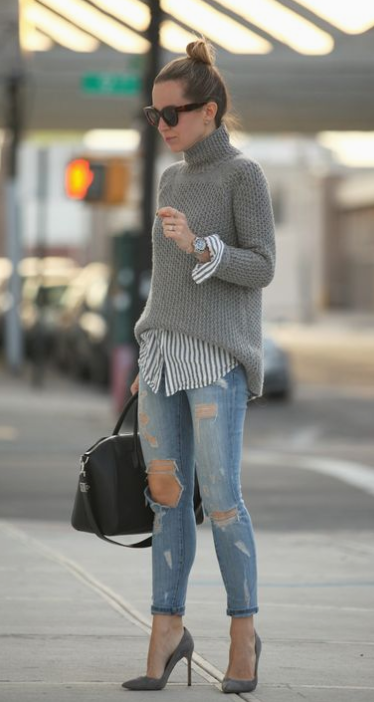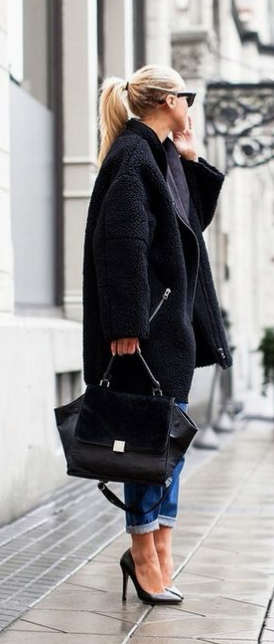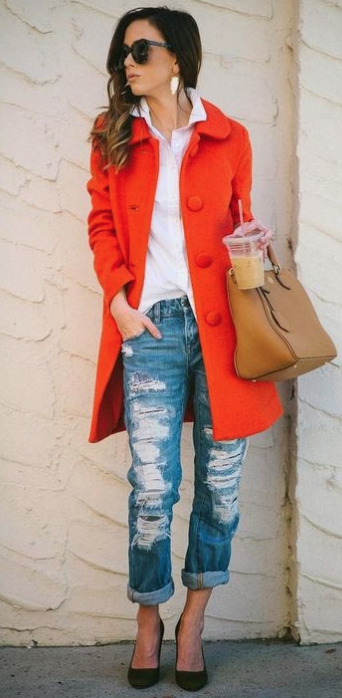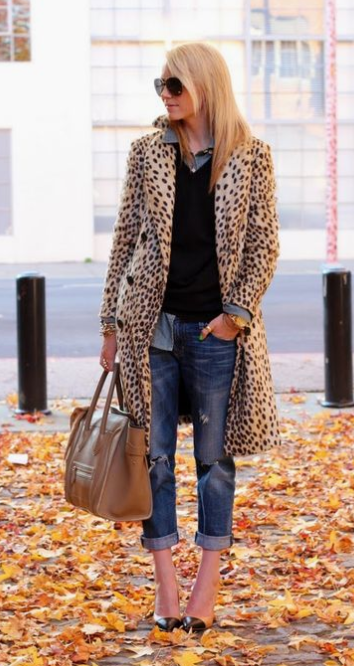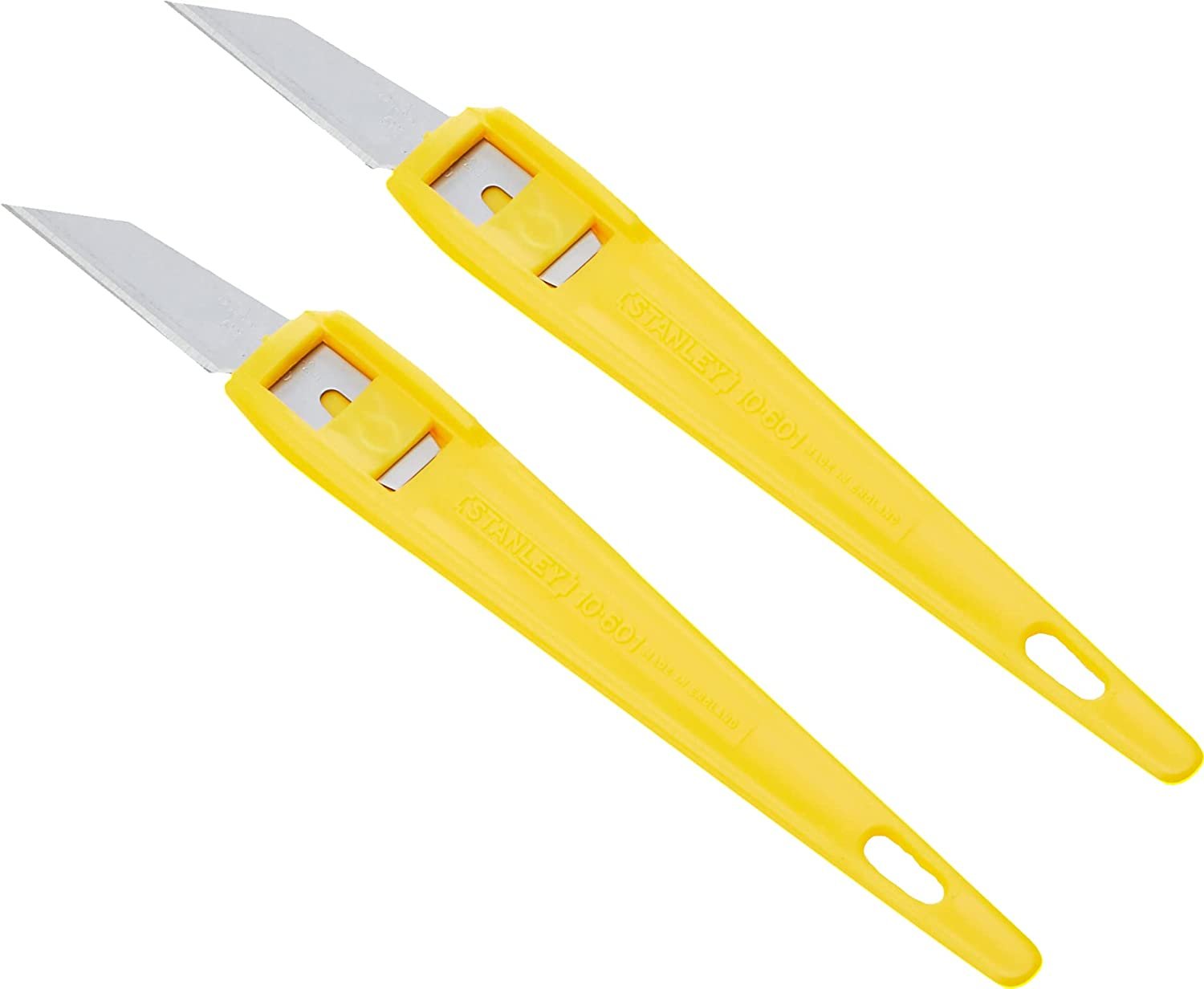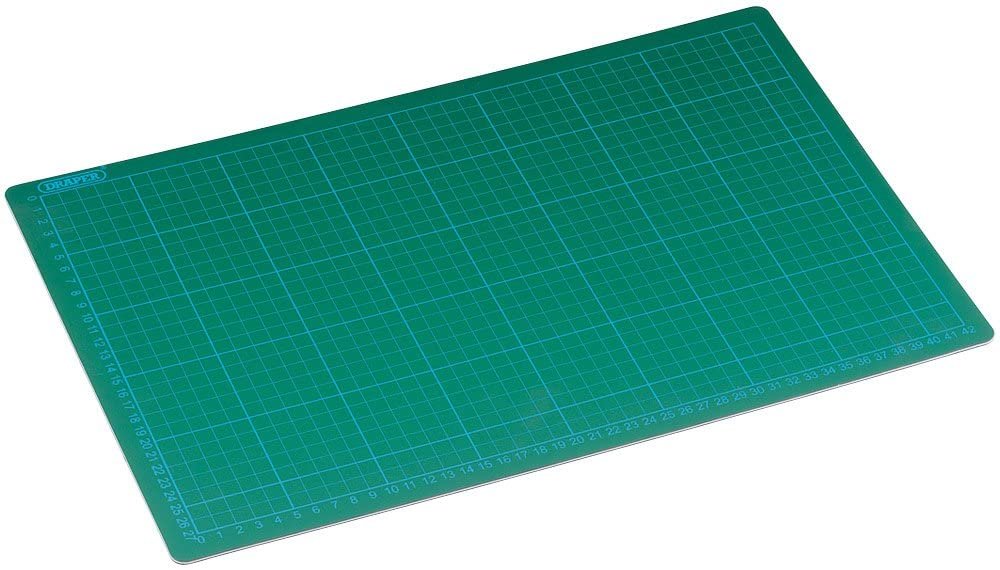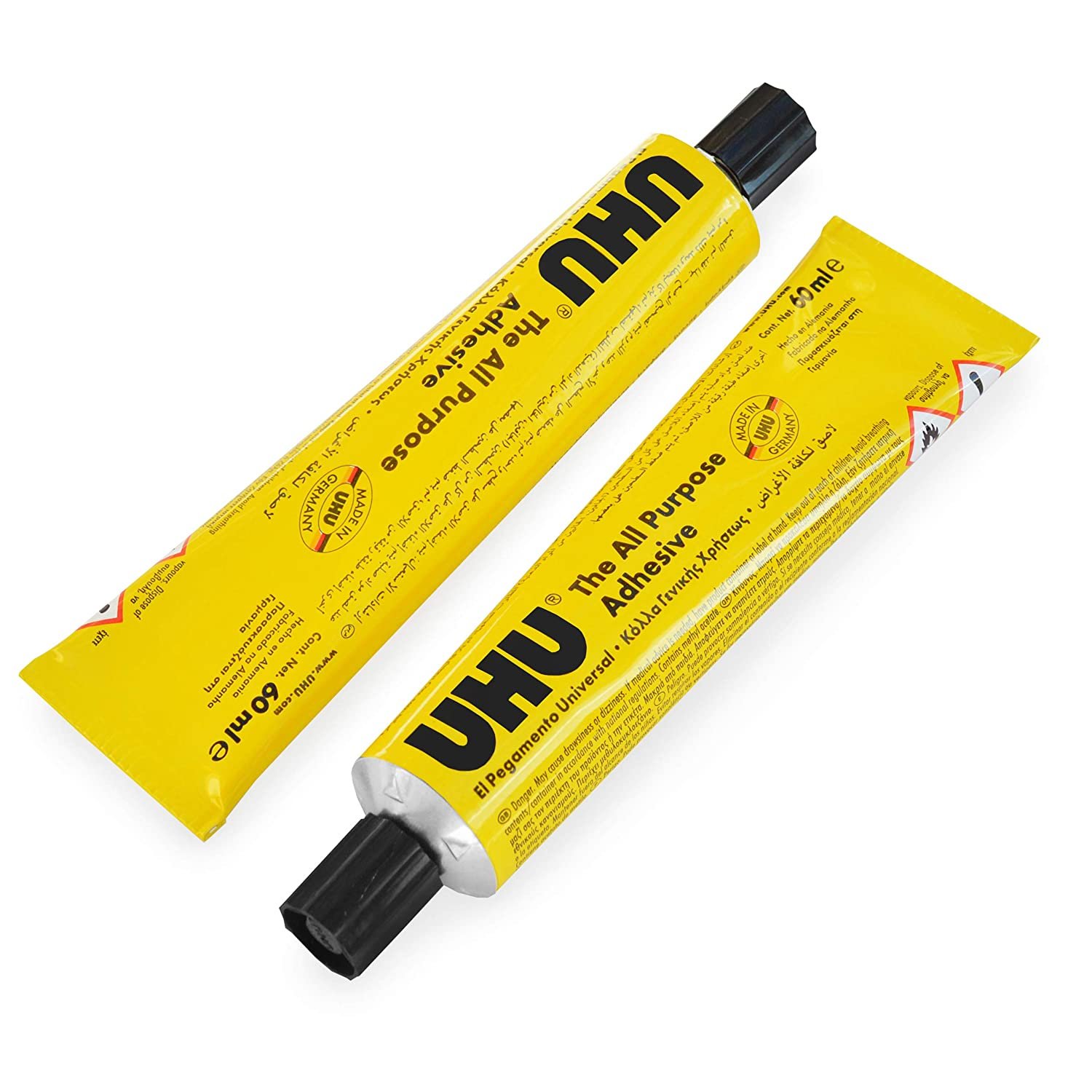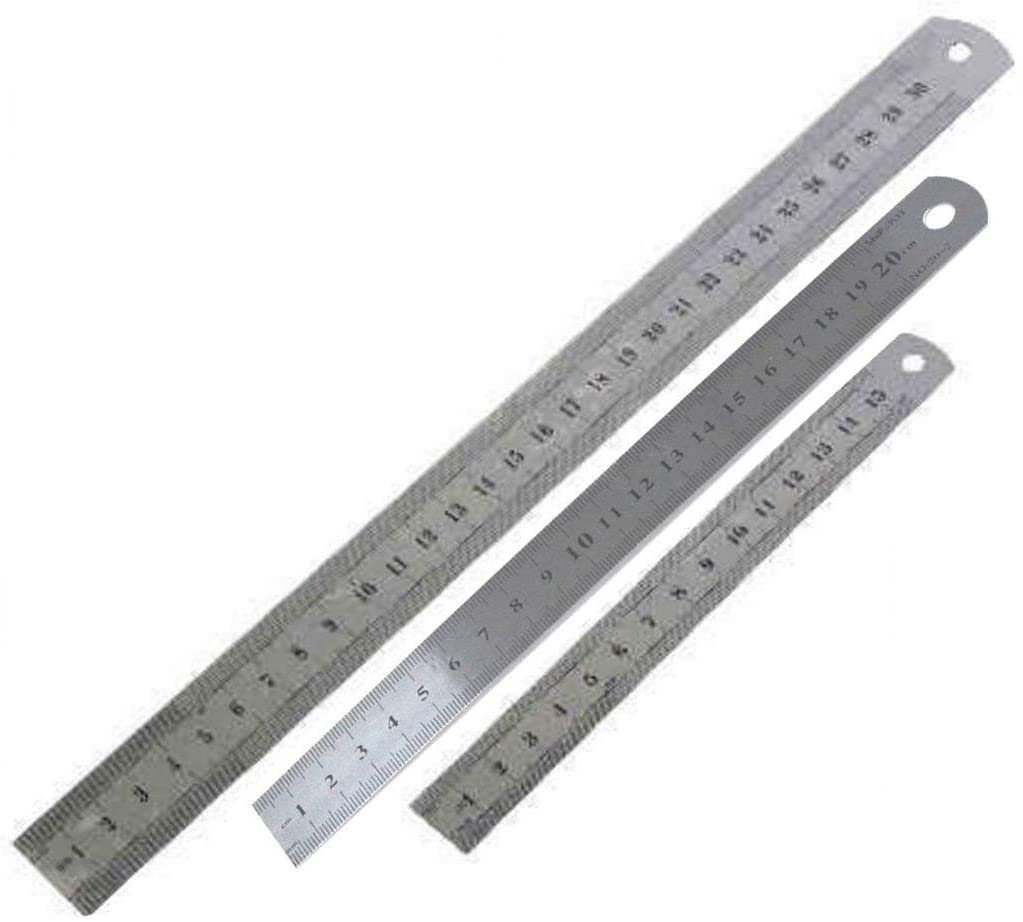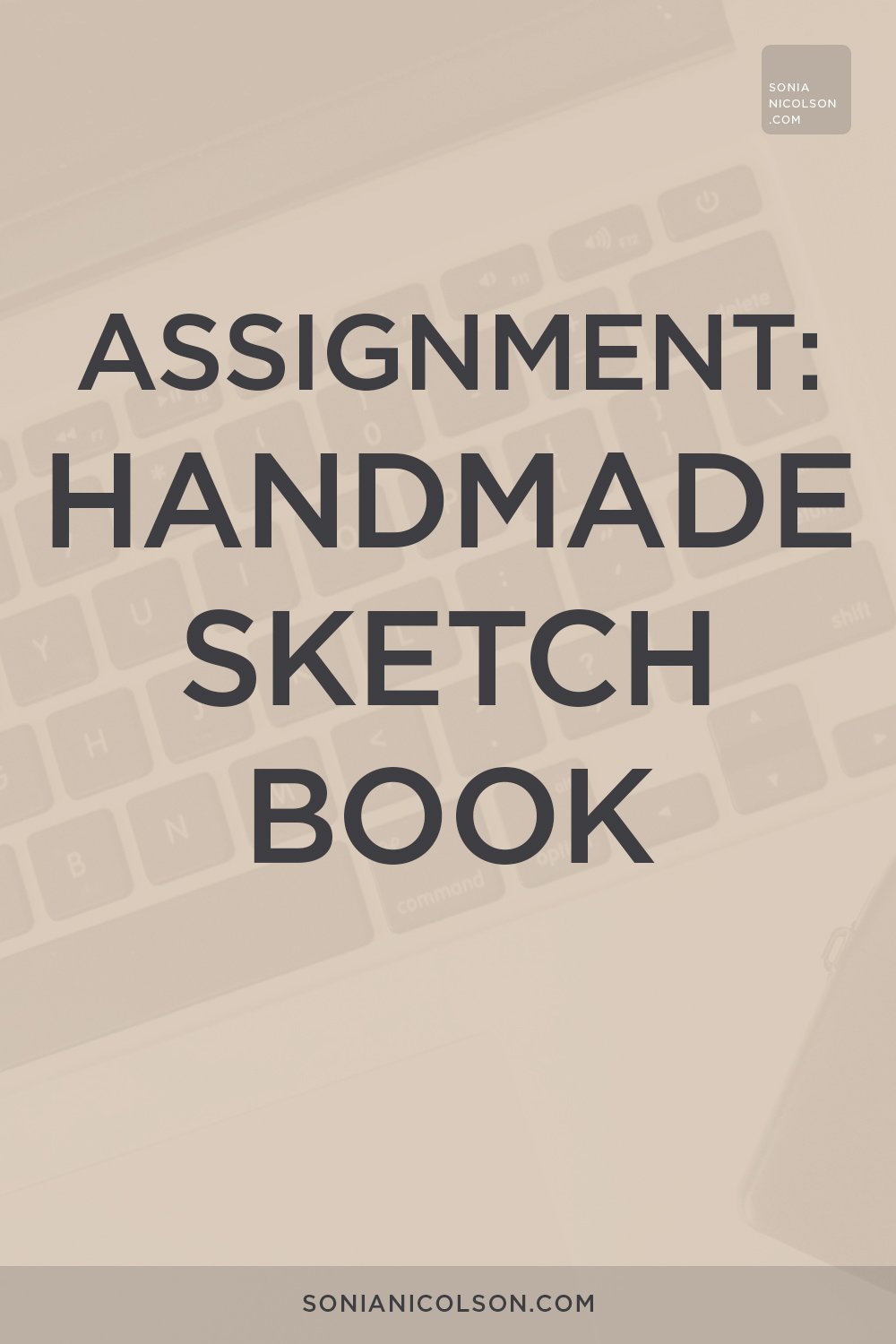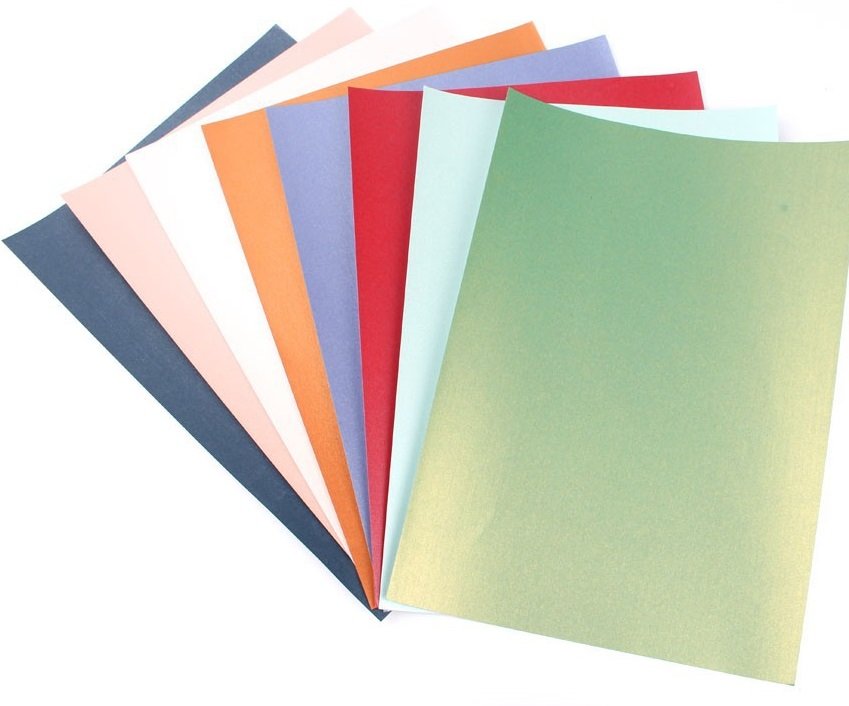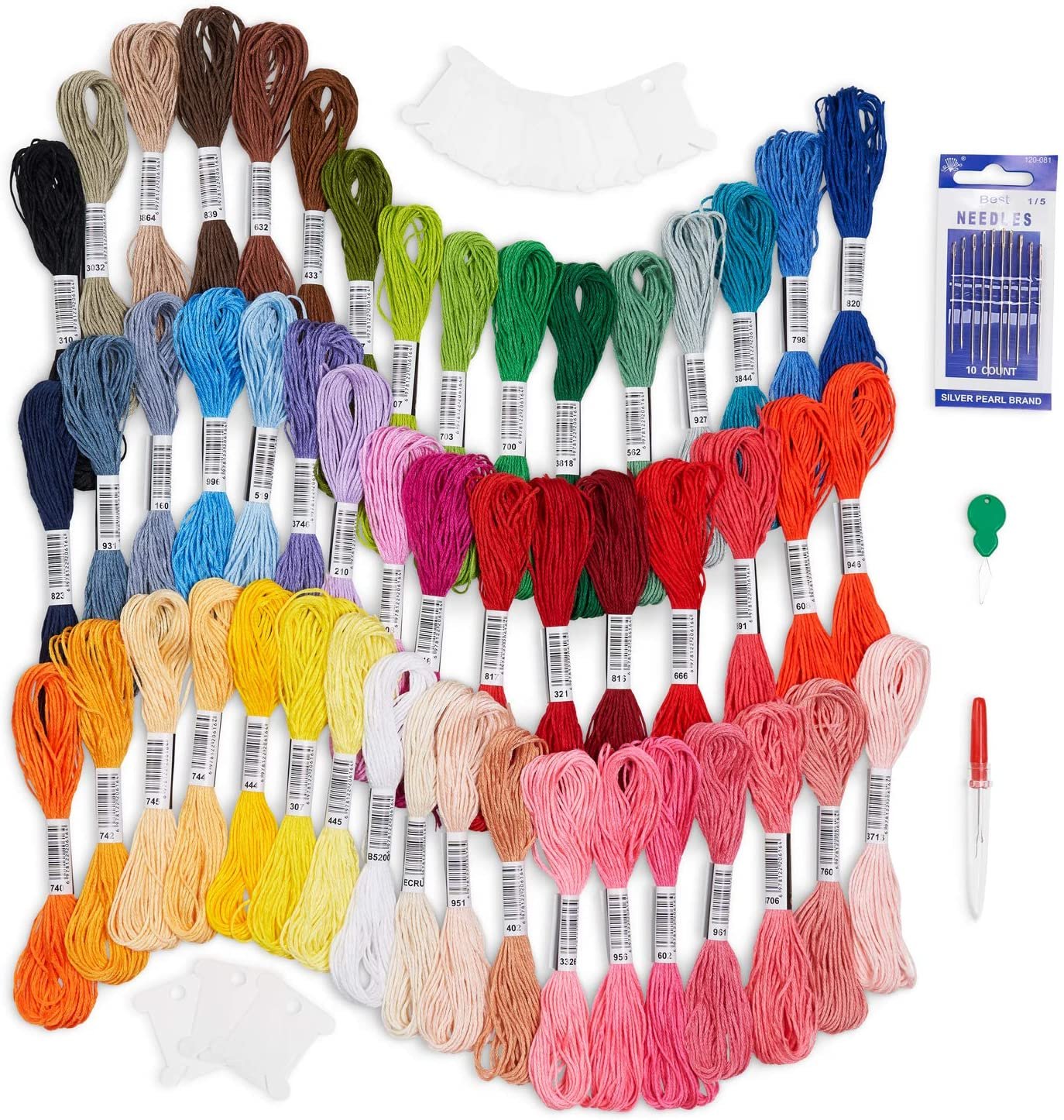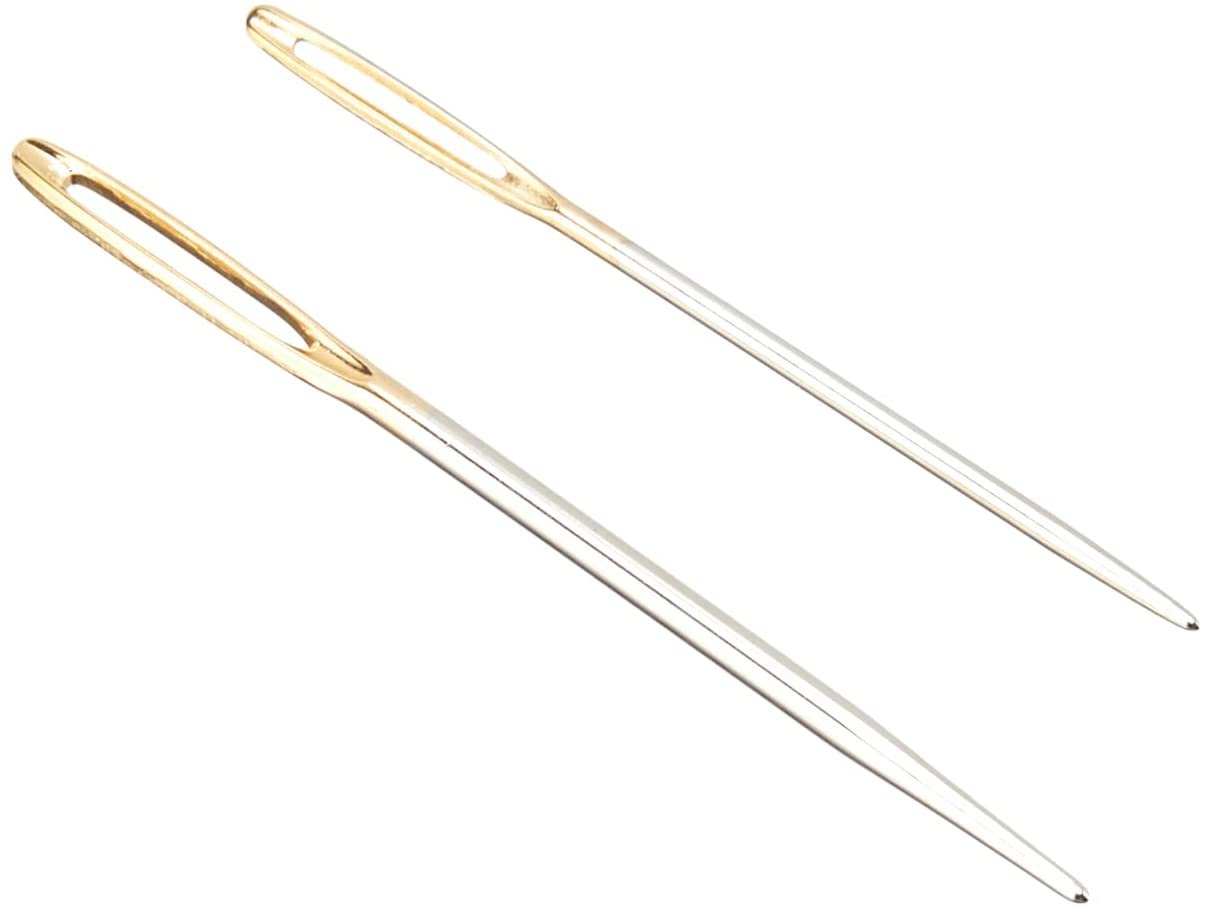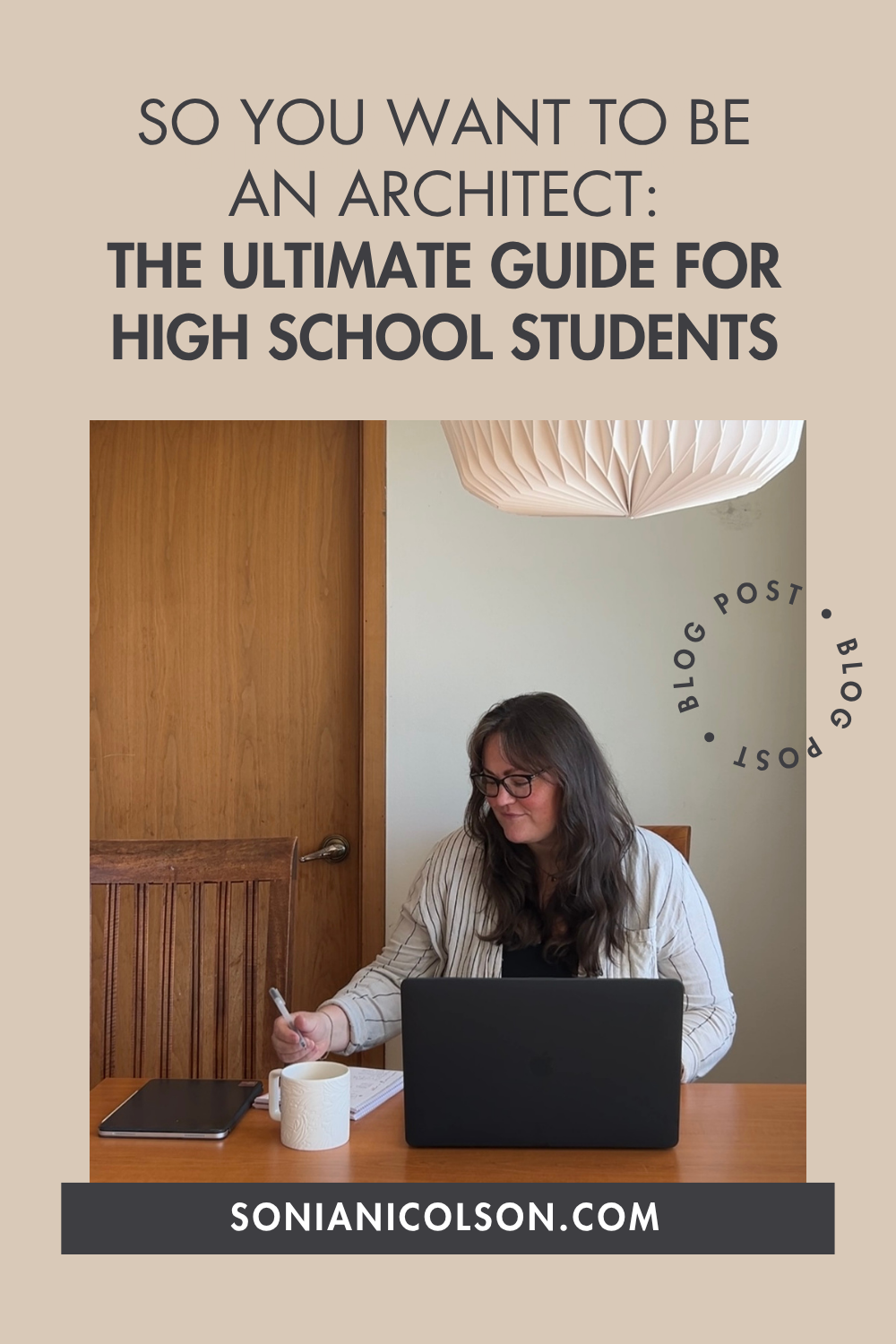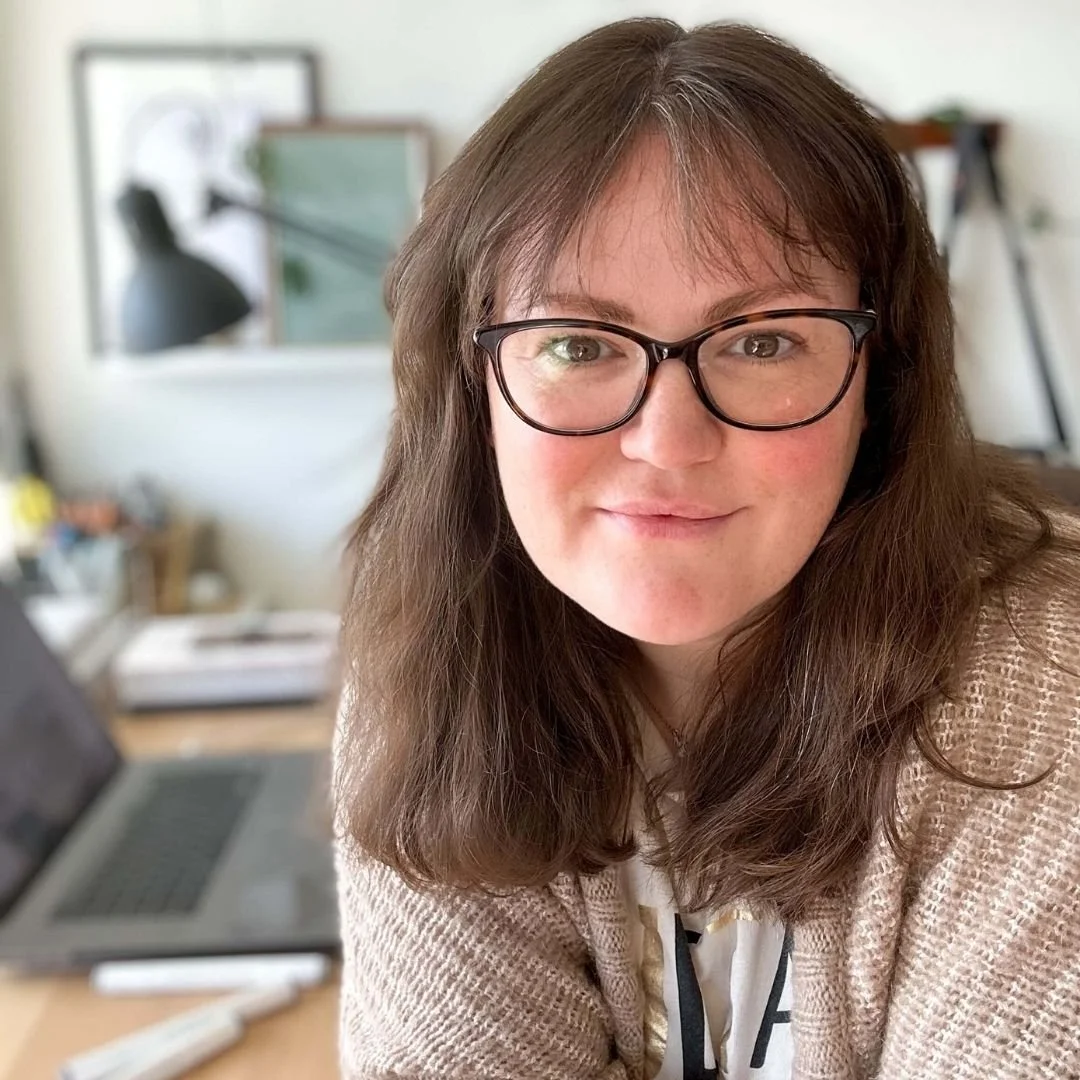Working From Home Guide
/It’s a crazy time right now and, as we all settle into working from home for the foreseeable future, I thought I’d share a Working From Home Guide. Here are my top tips for working from home and how to make the most of your space to create a ‘home office’.
Working from home seems like the dream to many and, though it does come with many more pros than cons, it can be filled with distractions and motivation zappers. After all, your bed is warm and cozy, and your sofa is comfortable and only a few steps away…and you’ve almost finished binge-watching [insert series].
Get The Right Desk
Ok, so back in your office you might have one of those adjustable desks so you can stand more but in reality, at home, you’ll probably just sit. Try to use a good chair and be aware of your posture, the right chair for your new ' workstation is so important. Think of your back and look after it. If you can order a new one then do that but it might not be an option right now. If you plan to have a home office then it’s worth investing in a good setup. If you have the budget for it then look into an adjustable desk and make sure it’s one that can be raised and lowered easily so there’s more chance you will actually adjust it. Look at where and how you work - do you actually work at your desk, where it currently is? If not then rethink the space, turn things around and face a different direction. Get your set upright and you will be more productive.
Avoid All The At-Home Distractions
That super comfy sofa, Netflix, a full fridge, kids, argh. Try to be strict with yourself and treat your work/office like you would if you were going out to work. I try to start my day by 9-9:30 am and finish by 4-5 pm. I have my breakfast before I get to my desk and keep a lunch hour where I try to take a walk, move my body and enjoy some fresh air. I start dinner prep at 5 pm but if I’m still finishing tasks then I will keep working until 6 pm. Sometimes I work in the evening, depending on my workload and deadlines but I try to keep weekends work-free, where possible. Working from home becomes a habit, and if you get good at it then it can be hard to walk away from. Be strict but fair with yourself.
Sit Near The Window
Expose yourself to as much natural light as possible as this will help you focus, concentrate and can promote a happier mood - plus you’ll have access to fresh air. Natural light is better for photography so grab those Instagram shots. If you don’t have large windows or live in a country with long dark winters, like here in Iceland, invest in a daylight light - this can also help with waking up in the mornings.
Avoid getting hit by Seasonal Affective Disorder (SAD) a form of depression related to the change in season. Don’t brush this off as the winter blues it can get serious. Symptoms usually start showing around autumn/fall and continue throughout winter. It can zap your energy, mood, and motivation. Make sure to move your body, go for a walk and get some fresh air, be social (if you can). Fuel yourself, eat well and go easy on yourself - often we can be our own worst critics.
Become A Plant Lover
Don’t sigh, it’s not just a trendy interiors thing but plants are both pretty and practical - they clean the air helping with co2 levels so what’s not to like. I’m a sucker for succulents, and house plants like ivy and spider plants which are easy to look after (seemingly). My love pottering with my plants and looking after them - yup, I’m a plant lady.
Get An Essential Oil Defuser
This is the one we love, add a few drops of lavender oil to the water and it will relax you. I did this in our bedroom whilst I was breastfeeding Mia and have continued to have it on in the room as I get ready for bed or whilst I enjoy some me-time. A defuser is a great gadget to have at home and you can add different oils to help with your mood.
Surround Yourself With Pictures
These can be of your family, friends, happy times, inspirational quotes, pretty artwork, etc. Post-it notes might not look cool but they’re useful and can be great for covering your screen with ideas, notes, to-do items, and so on. I use them when planning my online courses to help structure lessons as I can easily move topics around and stand back from the course to really see the overview.
I’m a list-lover, lists on my phone and in my bullet journal (what did we do before bullet journals, have random lists everywhere?!).
Pinboards are back and make great physical mood boards, brand, or vision boards so why not try this to help keep you visually stimulated and on-brand. I am currently making a vision board which I’ve never done before. Try making one by looking through magazines and cutting out anything that “sparkes joy” as Marie Condo would say. Write words or quotes relevant to you, print images, add text, textures, and materials, flowers, or whatever works for you. Keep it somewhere you will see it every day as a reminder of what you want in your life.
Music
I use Spotify on our Sonos to play playlists or just listen to the radio. I’m pretty bad with music and would honestly listen to whatever - I’ve been known to listen to the same CD in my car for months without bothering to change it. Having playlists set up where I can easily stick them on in the background is good for me. I like chill, coffeehouse kind of playlists.
Dress For Work
This helps with the point above and will help you take working from home more seriously until you find your flow. I recommend you dress comfortably but not too comfy or you’ll just lounge around the house. Working from home comes with the big advantage of being in PJs but I find I work more productively if I actually get up and dressed, ready for the day. This might mean hair brushed and makeup - some mascara and lippy - to feel a bit more put together.
READ: My Self Employed Uniform
Work Outside The Box (when you can)
Not that your home is a ‘box’ but I really recommend trying this. Change up where you work once a week by heading to your local library, a coffee shop (though coffees can really add up), try a friends place (also great for collaborating and bouncing ideas around), an open office space (check Facebook to see if there’s a place like this in your area) or if your budget allows, rent a desk in a shared office space (great for networking and collaborations). I do have what I call a ‘soft office aka my bed where I often edit photographs, plan my Instagram feed, and download clips for my YouTube videos. Road trips are a great place for thinking, I love to dream up new projects and discuss them with Ingimar. My favorite place for planning and daydreaming is in a hot tub (lucky me, I know). Escape from behind your laptop - get some space and distance for good perspective.
The True Gem Of Working At-Home
…that you can have your office assistant/motivator with you, aka baby Mia (can also be your pet).
Becoming a Mum has motivated me on an entirely different level, something I didn’t expect. Though my time, energy, and focus are so precious now, and my brain is still a bit baby brain blurry, I have a bigger reason, purpose, and even more, drive to succeed.
I feel like I’m creating my legacy, I’m building my dreams not just for me but for Mia and our family. Mum guilt plays a huge role in my day and I often feel like I can’t win. If I’m working, I should be playing with her and if I’m playing with her, I should be working. It’s hard but I want her to be proud of her Mummy, to see me working, and to know why it’s important.
She is 21months old now and that time has flown by. She has taught me that time is precious and you can’t get it back - every minute away from her has to count. Time is a precise commodity. I have to work smarter, not harder - now more than ever.
I used to work as an Architect, in a very stressful and highly male-dominated, competitive environment. It was a classic case of the last one in the office meant you were the hardest worker. It’s nonsense. Busy doesn’t mean successful. The hardest worker doesn’t make them the best. The self-employed Mum-life is far busier and I probably get more done now. I don’t want to work a 10, 12hour day building someone else’s dreams when I can work on my own dreams.
Be Proud Of Your Accomplishments
Working from home takes a bit to get used to so don’t be too hard on yourself. You have to manage your time, juggling things, be your own boss and possibly look after the kids too. Celebrate the wins, even if they are small. Keep track of them in your journal, stats, income, clients, projects, and look back on the last 30 days.
I did this recently with my Etsy shop and compared it to last year and was so surprised at our growth. I now keep track of all my social media accounts and following. It puts less pressure on to see the slow and steady growth other than just looking at the actual numbers. It makes it easier to be more realistic about growth and targets and on yourself.
Learn to look back often on what you are building, and have already accomplished and celebrated it.











